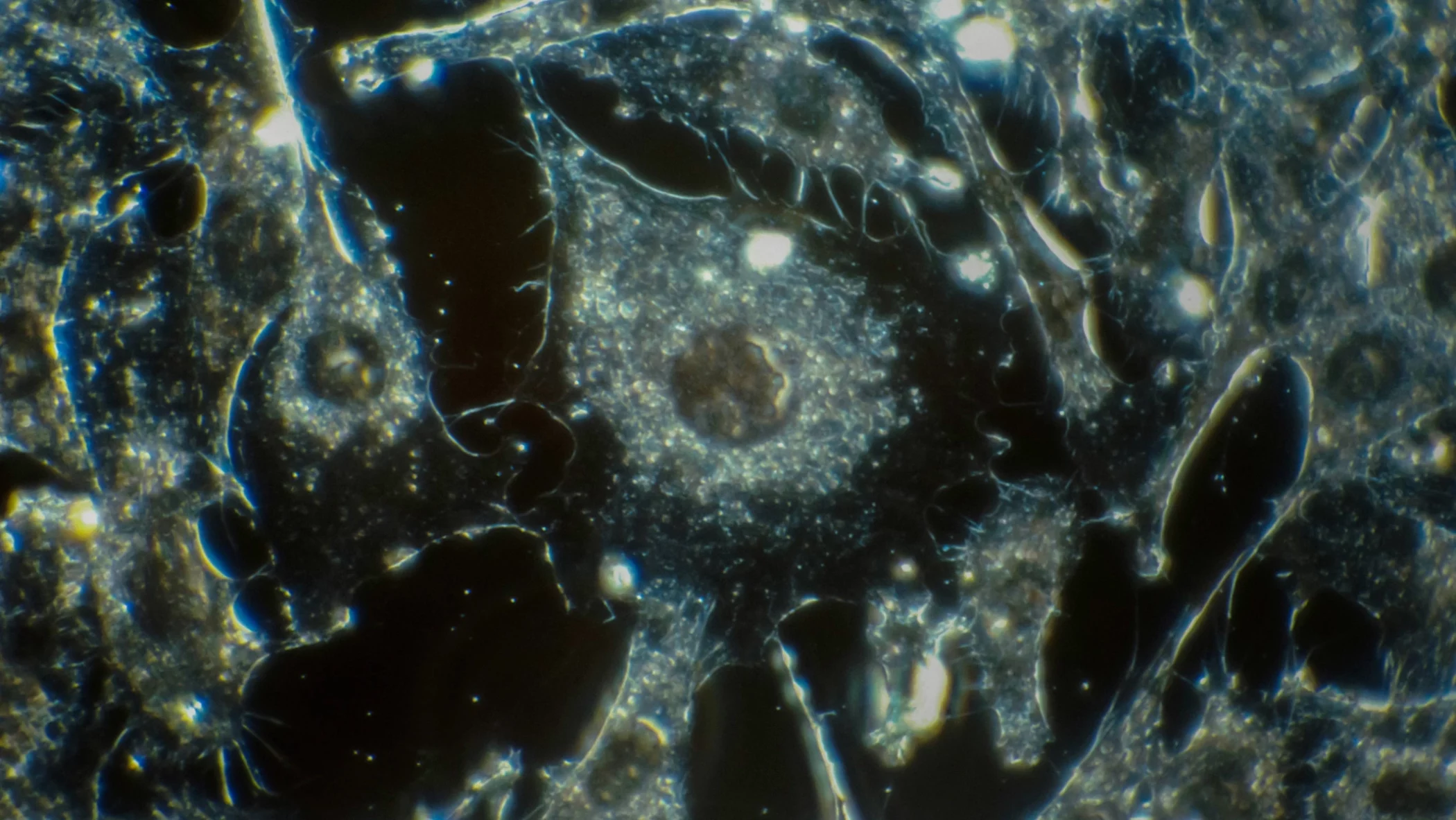A new technique for in vitro molecular diagnostics could provide increased speed, sensitivity and reproducibility over current methods, through the use of stem primers.
The technique, developed by Lumora, a spin-out from the Department of Chemical Engineering and Biotechnology at the University of Cambridge, presents a viable alternative to Polymerase Chain Reaction (PCR), a technique which is used to replicate a fragment of DNA in order to generate copies of a particular DNA sequence.
The technique is used in a variety of laboratory applications. In recent years, loop-mediated amplification (LAMP) has been used as an alternative to PCR, due to its much simpler hardware requirements. The widespread adoption of LAMP has been limited however, due to the challenges associated with designing suitable primers, the short single strands of DNA which are used for replication.
Our STEM primers offer a valuable additional tool in the design of isothermal nucleic acid amplification assays.
Dr Olga Gandelman
Researchers at Lumora have developed a technique which uses a different type of primer, known as a stem primer, to increase the speed of LAMP assays. The stem primers are preferable to the loop primers currently used in LAMP, as the stem primers can be placed in various orientations, can be multiplexed and may be used in conjunction with loop primers.
“Our STEM primers offer a valuable additional tool in the design of isothermal nucleic acid amplification assays,” said lead author Dr Olga Gandelman, Senior Scientist at Lumora. “In particular, the technology offers increased flexibility for primer design to those using the LAMP isothermal amplification technology. This technology has already been patented, and we are able to offer it alongside our core BART technology.”
BART (Bioluminescent Assay in Real-Time) is a novel reporter system, exclusive to Lumora, which is designed to be used with isothermal nucleic acid amplification technologies – primarily as a tool in molecular diagnostics. The simplicity of BART enables simple, affordable, robust hardware to be used. This is a major breakthrough as molecular diagnostics are typically associated with complex and expensive hardware.
The findings were published recently in the International Journal of Molecular Sciences.











